Top 10 Wilderness Edibles in North America
Introduction
The diverse landscapes of North America are full of edible plants, providing a bounty of natural resources for anyone that knows where to look. Whether you’re an experienced forager or simply curious about what you can find in the wilderness, this article will introduce you to the top ten wilderness edibles in North America. Keep in mind that correct identification and sustainable harvesting is crucial when foraging, and it’s wise to listen to local experts or field guides for more detailed information on the various species in your region.
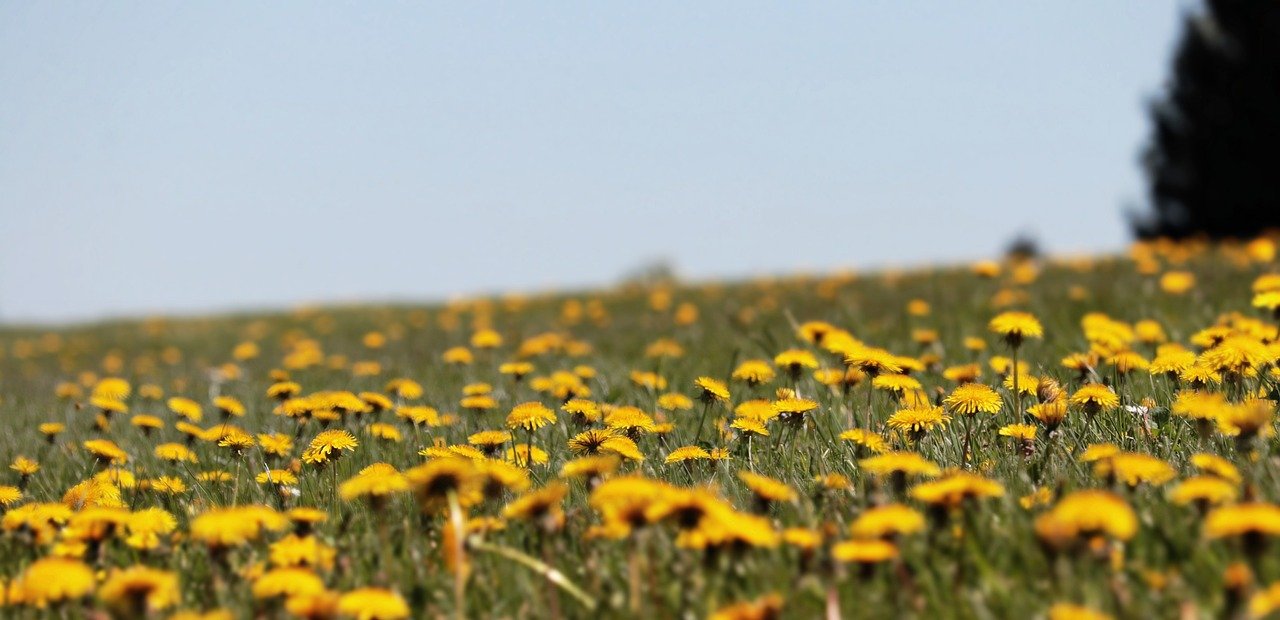
Dandelions
1. Dandelions, Dandelions may be considered an unwanted weed in most lawns in North America, but their leaves, flowers, and roots are all completely edible. The young leaves make a unique addition to salads, while the flowers can be used to make dandelion wine or fritters. The roots, when roasted, can be brewed into a coffee substitute and a surprisingly similar one at that.
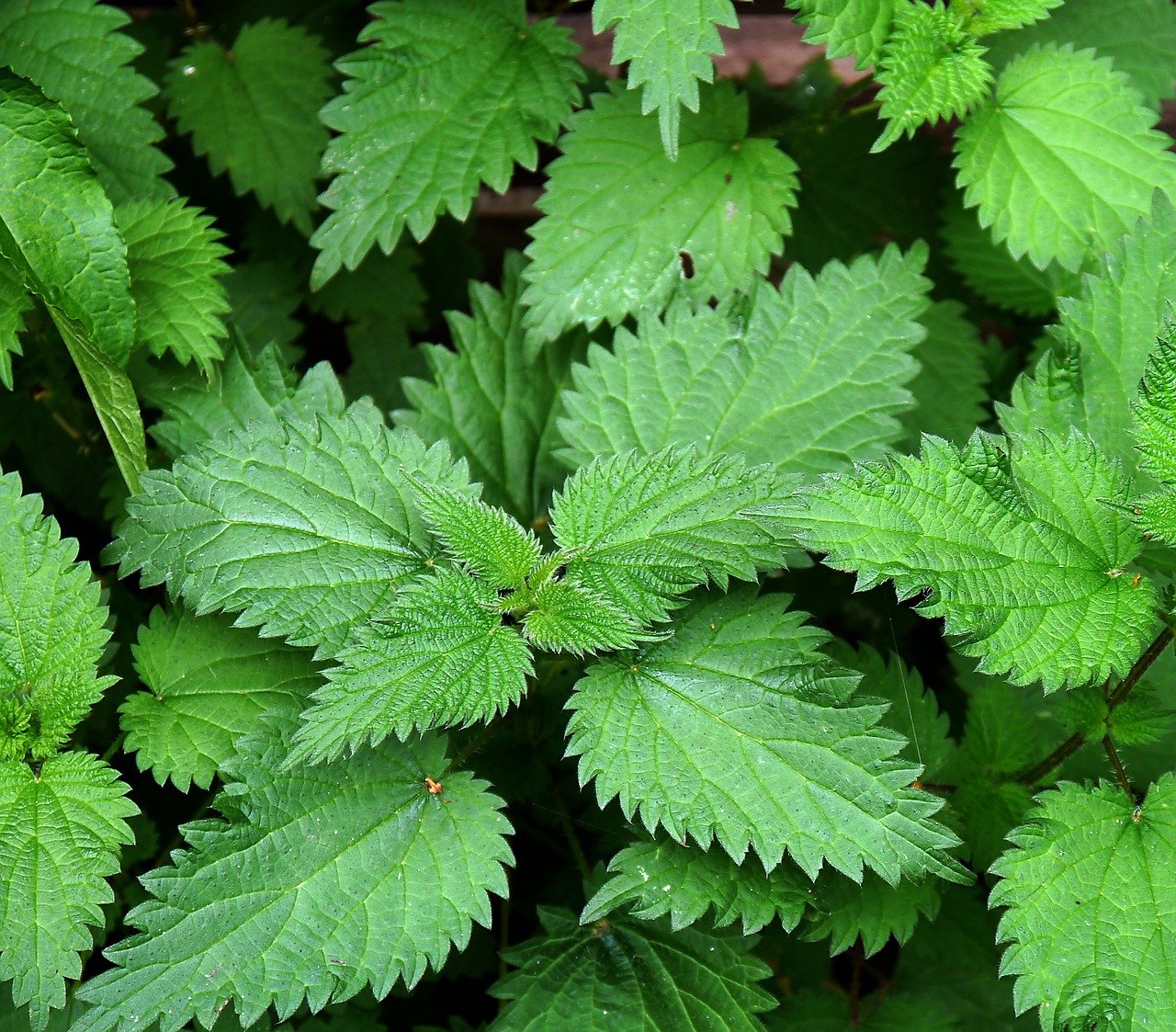
Stinging Nettle
2. Stinging Nettle Despite its stinging hairs, stinging nettle is a very nutritious plant. The young, tender leaves can be boiled like spinach or used in soups and teas. Be sure that you wear gloves when harvesting and cooking to avoid getting stung.
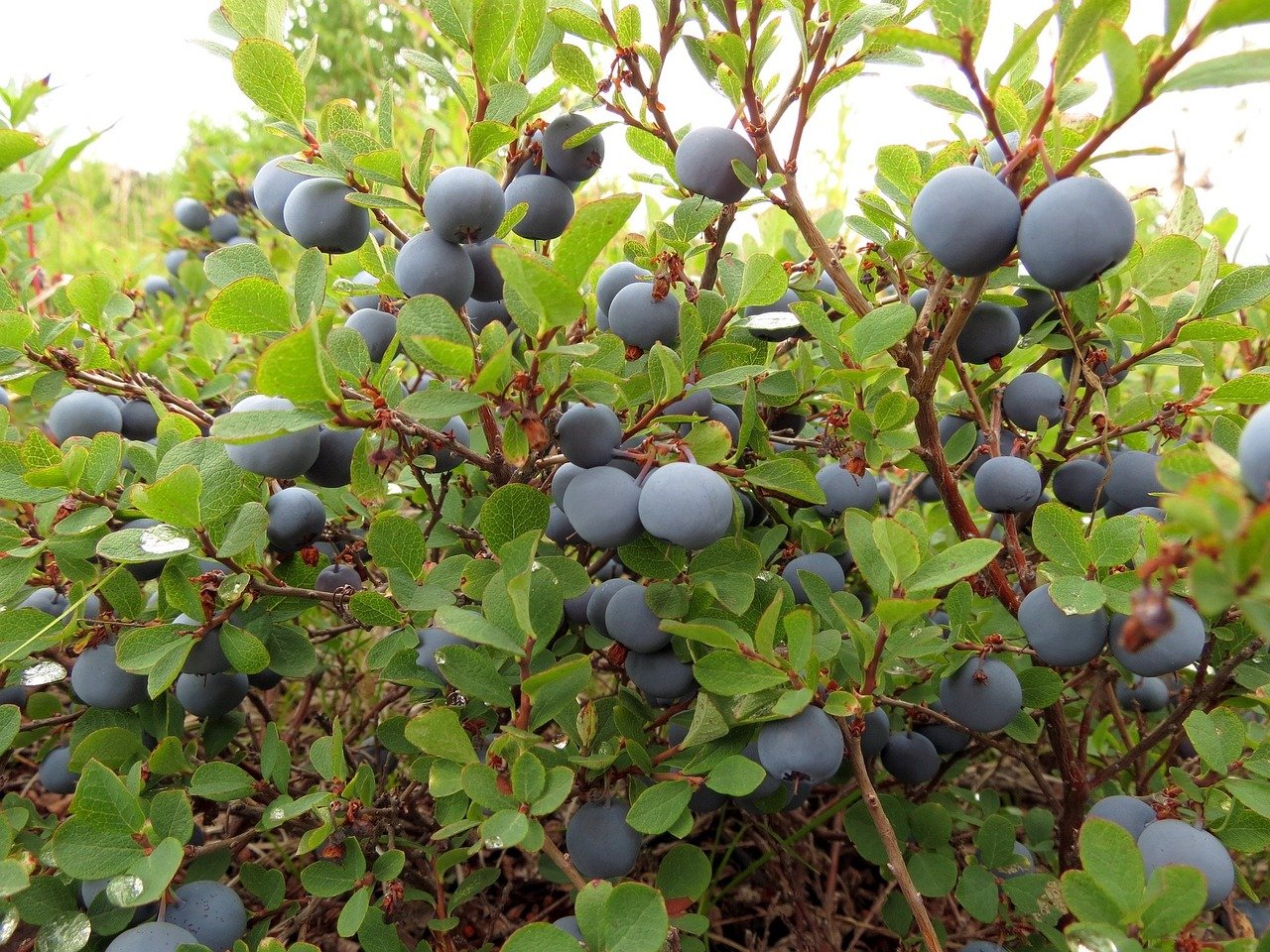
Wild Berries
3. Wild berries like blueberries, blackberries, raspberries, and strawberries can be found throughout North America. These fruits are delicious but also rich in antioxidants and vitamins. They are excellent for snacking, making jams, or baking into pies
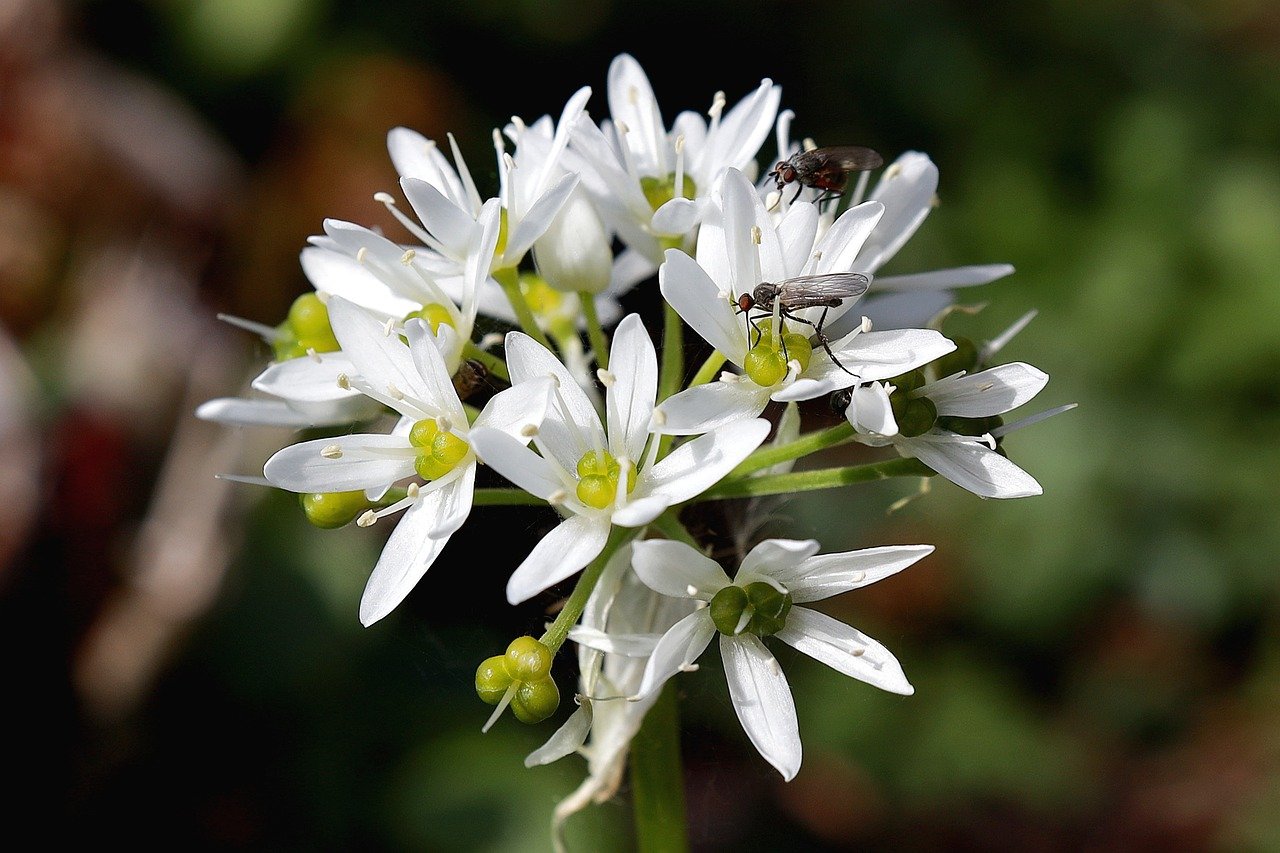
Wild Garlic
4. Wild garlic, also known as ramps or wild leeks, can be found in forests all across North America. The leaves and the bulbs are edible and have a rather mild onion-garlic flavor. You can use them as a flavorful addition to many different dishes.
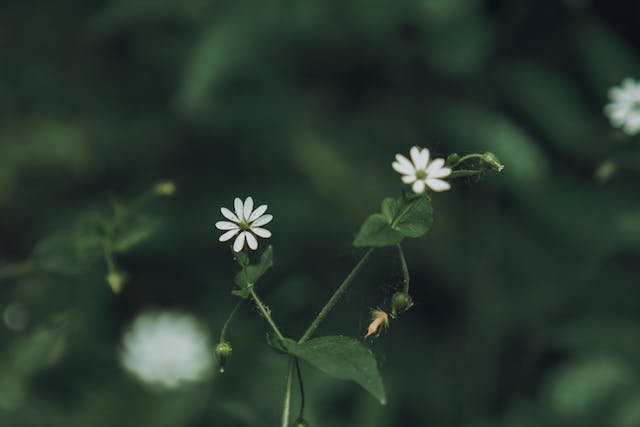
Chickweed
5. Chickweed is a common wild green that is good for salads or even as a garnish for lots of other dishes. Its mild, rather sweet flavor makes it a favorite among a lot of foragers. Look for it in moist, shaded areas.
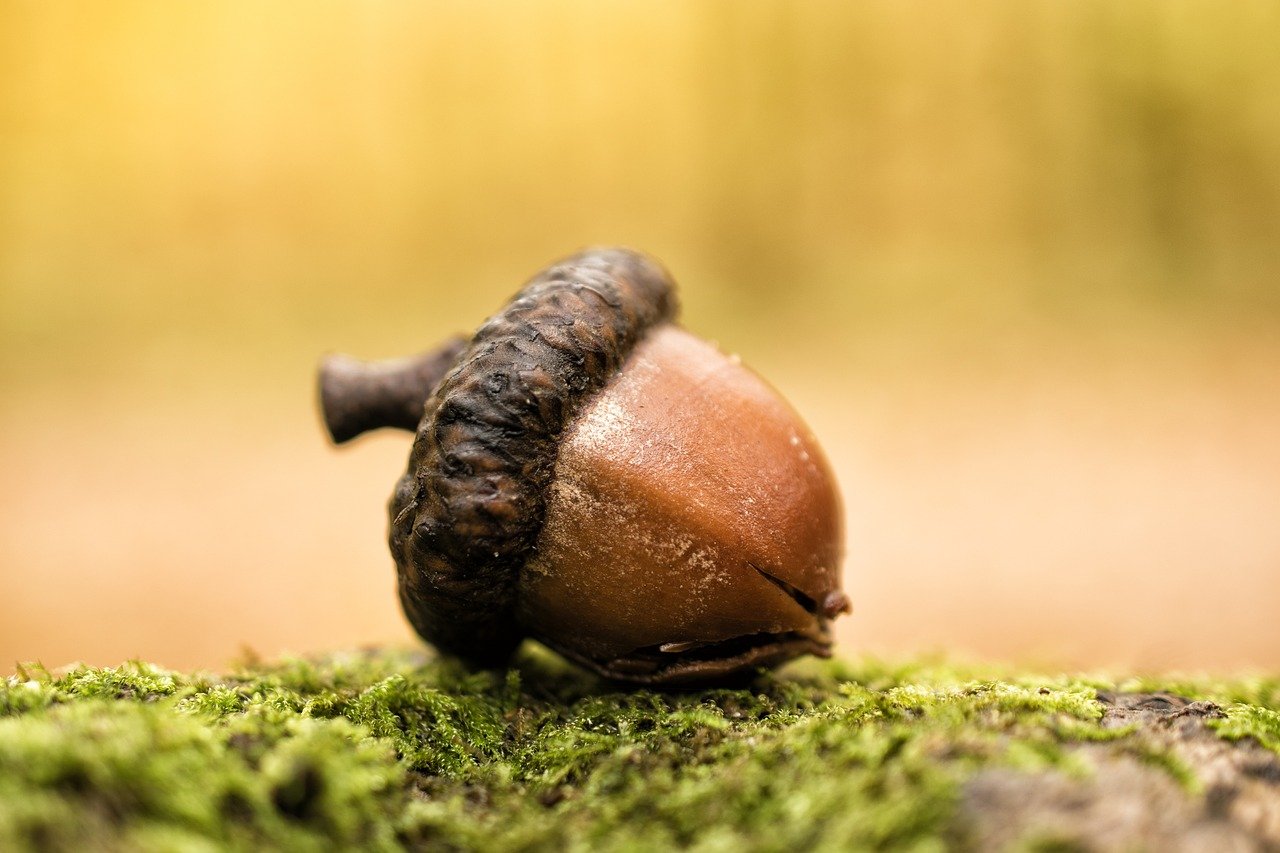
Acorns
6. A very well known edible is acorns. acorns are the nuts produced by oak trees. While they are naturally very bitter due to various tannins, they can be leached to remove the bitterness and then you could ground them into flour or use them in various other culinary applications. Native Americans used acorns as a staple food source for centuries.
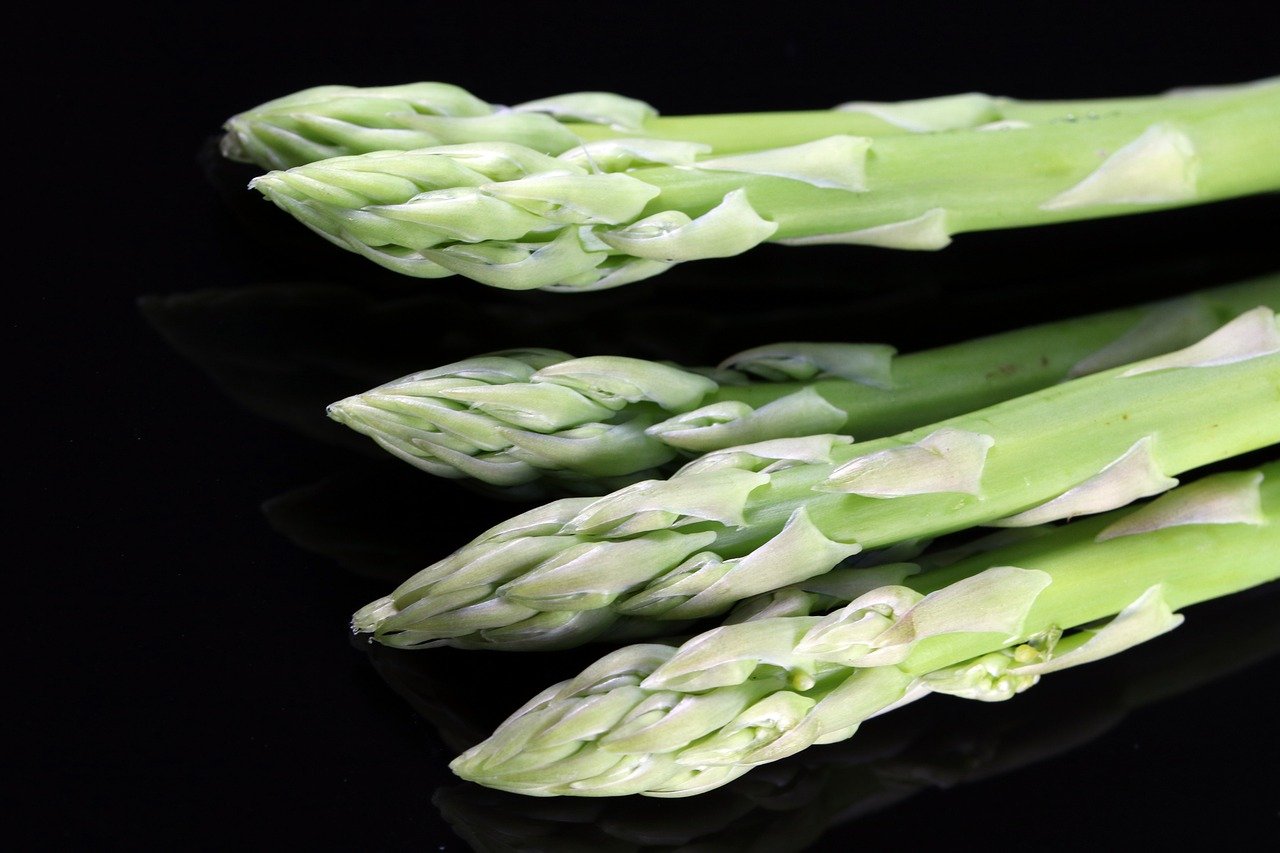
Wild Asparagus
7. Wild asparagus, often found in very open fields and meadows, offers a more robust and very flavorful taste compared to its cultivated counterpart. You'll want to look for young shoots in the spring, as they are the most tender and the most flavorful.
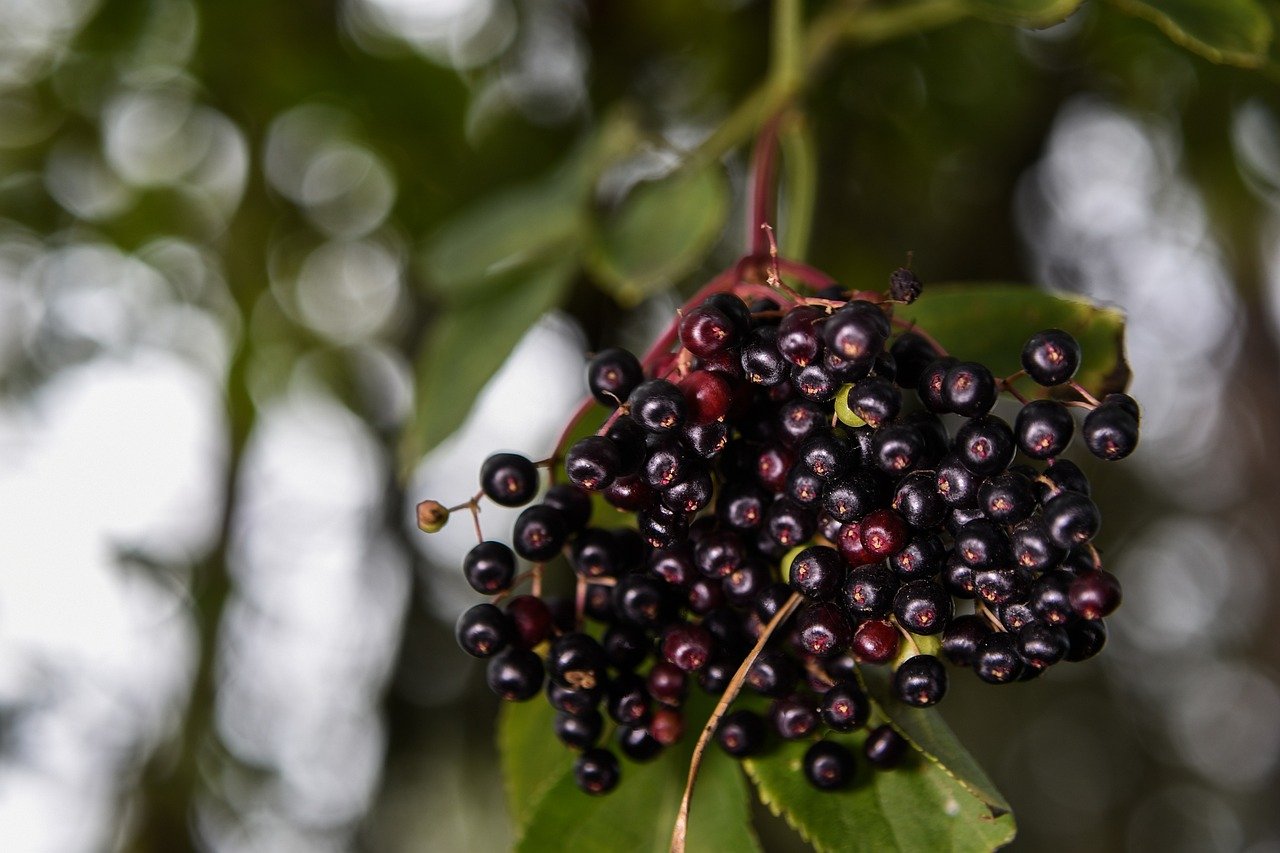
Elderberries
8. Elderberries are usually found in the wild and are known for their use in making elderberry syrup. They are packed full of antioxidants and were traditionally used for their various immune-boosting properties. Make sure to cook the berries thoroughly before consuming, as they can be slightly toxic when they're raw.
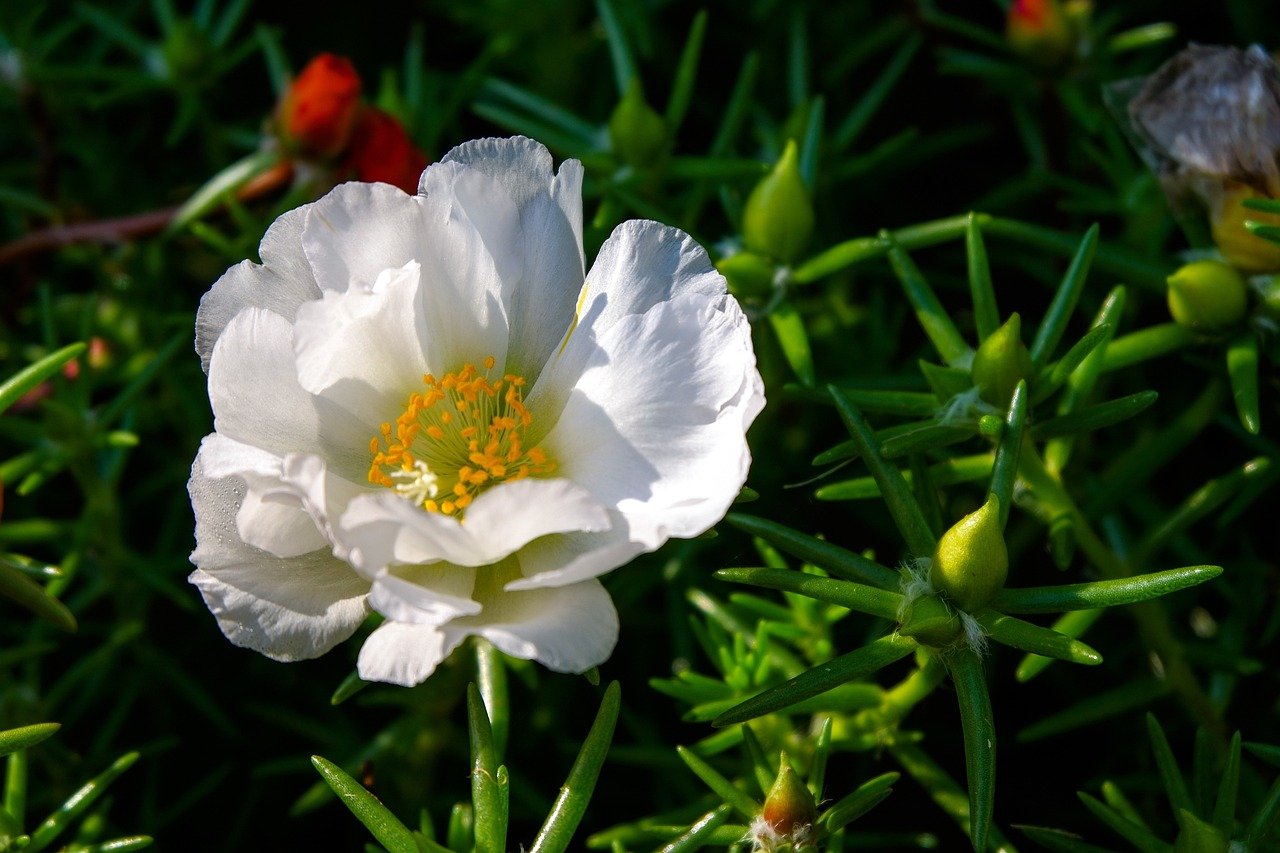
Purslane
9. Purslane is a very succulent green that's high in omega-3 fatty acids and has a wide variety of vitamins and minerals. Its slightly lemony taste makes it a great addition to salads or even sandwiches.
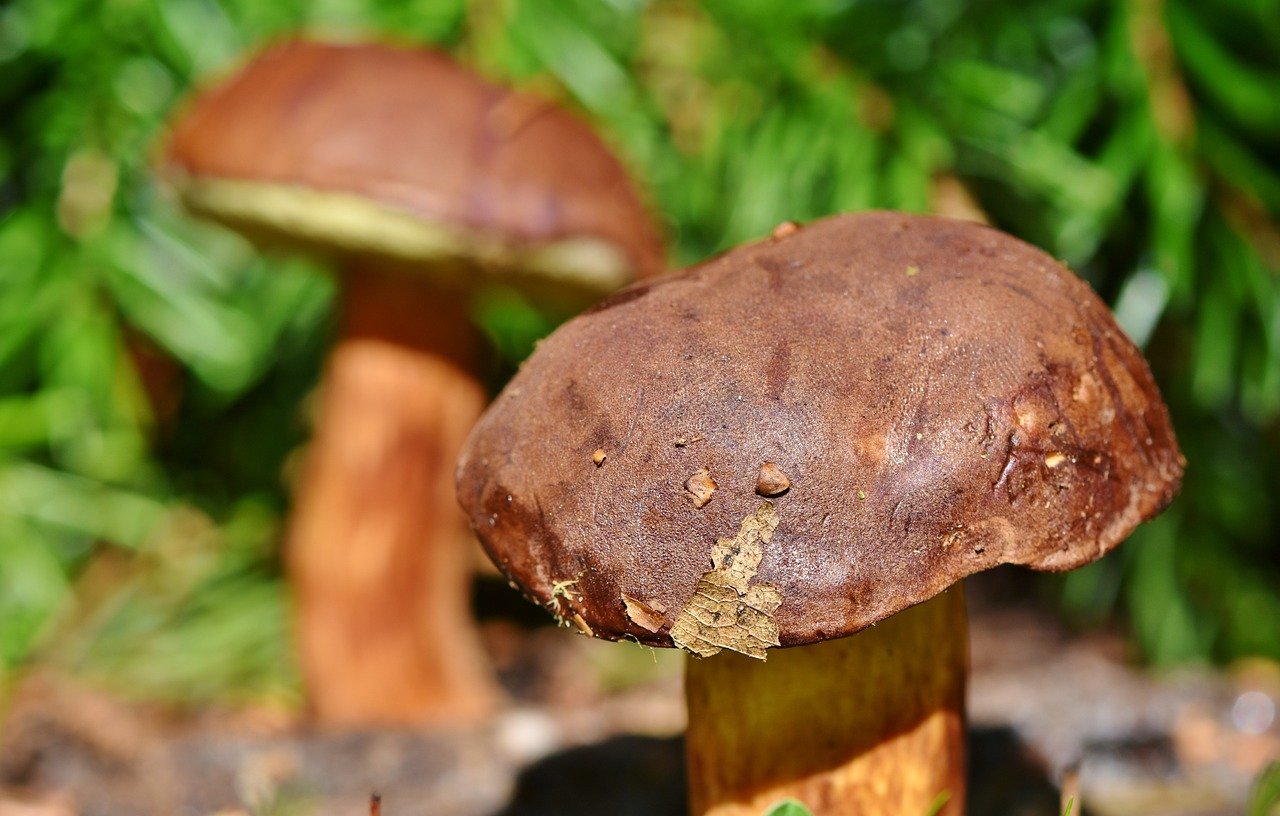
Mushrooms (Various Species)
10. Wild mushrooms are very plentiful in North American forests weather its edibles like morels, hen of the wood, Chanterells, or various other species, however identifying them can be challenging at times, as some species are toxic. It's very crucial to be well-versed in mycology and to consult field guides and experts before consuming any wild mushrooms.
Conclusion
Foraging for wild edibles in North America can be a very rewarding and sustainable way to connect with nature and to supplement your diet with fresh, local ingredients. However, it’s paramount to prioritize safety and sustainability in your foraging practices. Always ensure you can identify the plants you intend to eat, obviously respect local regulations. Have fun foraging and enjoy the delicious flavors of the vast wilderness!
Here are some other articles you might be interested in.